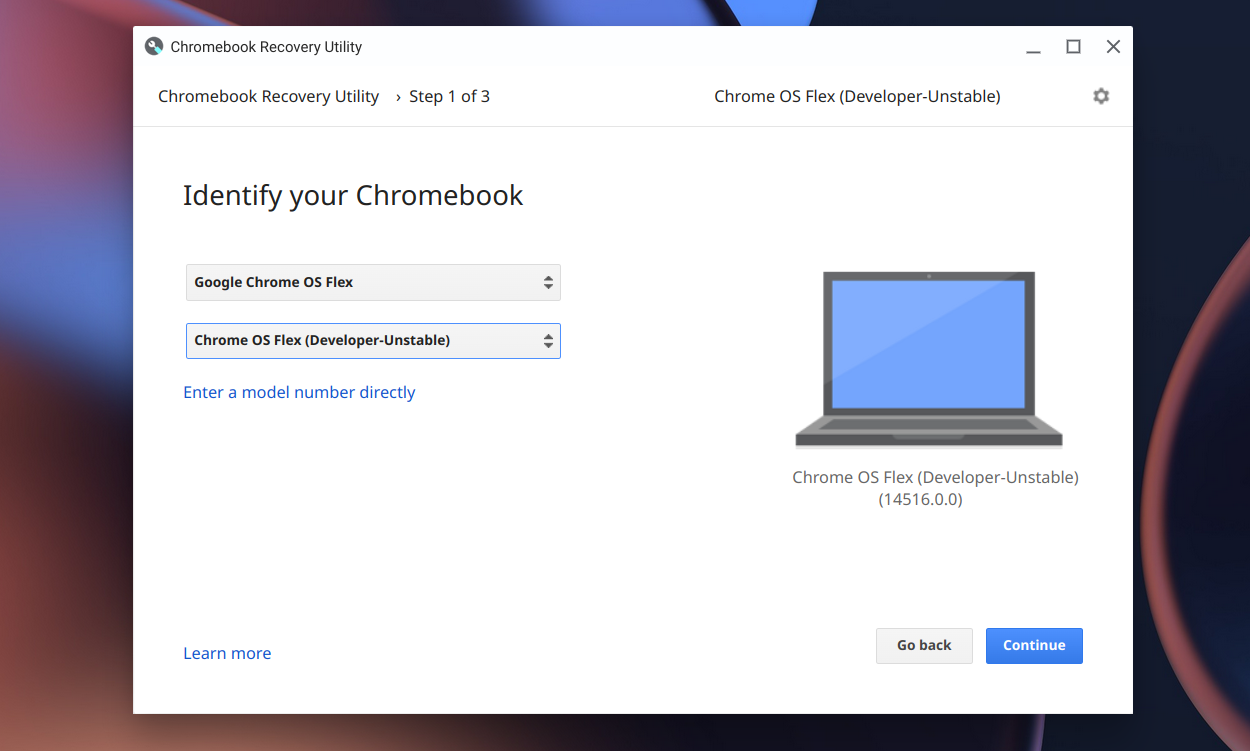
#Parallels 13 chromeos android#
That was then followed by a shift for the OS in 2016 when Google announced it would bring Android Google Play to select Chrome OS devices. It introduced its own Chrome OS device with the Chromebook Pixel. Like Microsoft did with Surface, Google even ended up doing something new. This is the basis for how we know Chrome OS today. It introduced a window manager, overlapping windows, a Taskbar, and a launcher for you to access your cloud-based apps. This release moved Chrome closer to looking like Windows, pushing it past just a browser with tabs. The first of those came in 2012 with Chrome OS version 19, known as Aura. Each new Chrome OS release delivered new features and design overhauls of the underlying user interface. With Chromebooks garnering public interest, as well as criticism from tech reviewers, Google worked hard to push Chrome OS further.
#Parallels 13 chromeos install#
This was a massive leap for Chrome OS, getting the platform off the CR-48 Google device that only select influencers held, away from something that you can install on existing PCs, and into the hands of more consumers via dedicated hardware.

Google got manufacturers to buy in on its grand vision of computing, and in July 2011, Samsung and Acer revealed their first Chromebooks. Google even ended up partnering with laptop makers you’d only see work with Microsoft and Windows to expand the reach of Chrome OS. You didn’t have to deal with the typical hassles of computing, Nothing but the web, as Google would say.

Sign in on any Chromebook, and you’ll find all your stuff there.Ĭhrome OS was secure, without the need for antivirus. Chrome Web Apps, extensions, and all of your content depended on access to Wi-F, the web, and your Google account. Unlike the extensive setup required on Windows PCs, it also meant Chrome OS devices were also completely shareable in seconds with a guest mode. It meant that devices with Chrome OS, which we’ve come to know as Chromebooks, booted in seconds. That might have sounded foreign, but that was part of what made Chrome OS unique. That is a system where most of your content lives online, away from an actual device running the OS. Google had introduced its own take on cloud computing to consumers. The Chrome user interface provided you to access the web. Everything in Chrome OS was based on the web, with “links” to your content, known as web apps. There were no programs to download or constant updates to check for. It wasn’t your traditional operating system. It was a full-on OS that consisted of a web browser and a web browser only. Chrome OS was literally designed as an extension of Chrome.

When Chrome OS was first released to the public in 2011, (following its preview as Chromium OS in 2009), Google banked on the success it saw with the Chrome web browser.


 0 kommentar(er)
0 kommentar(er)
